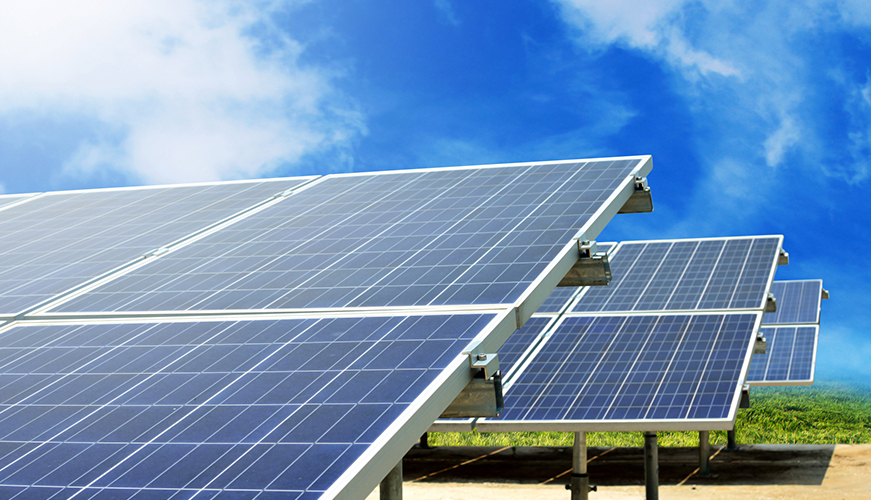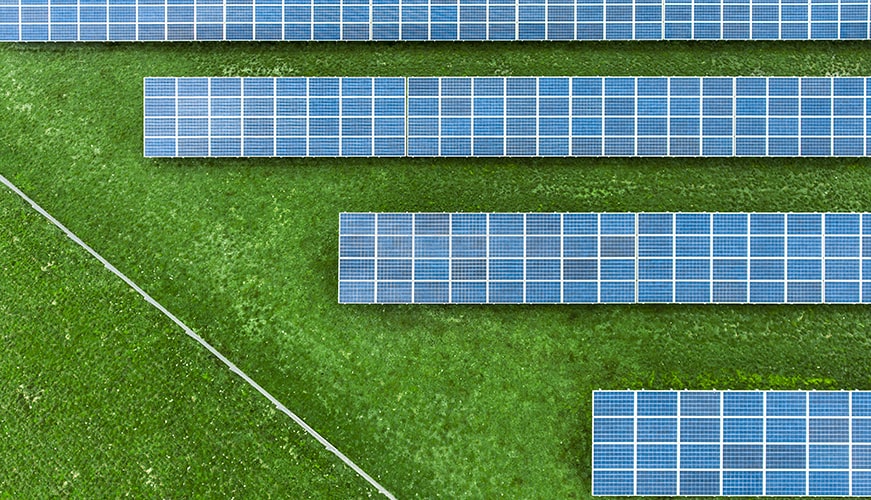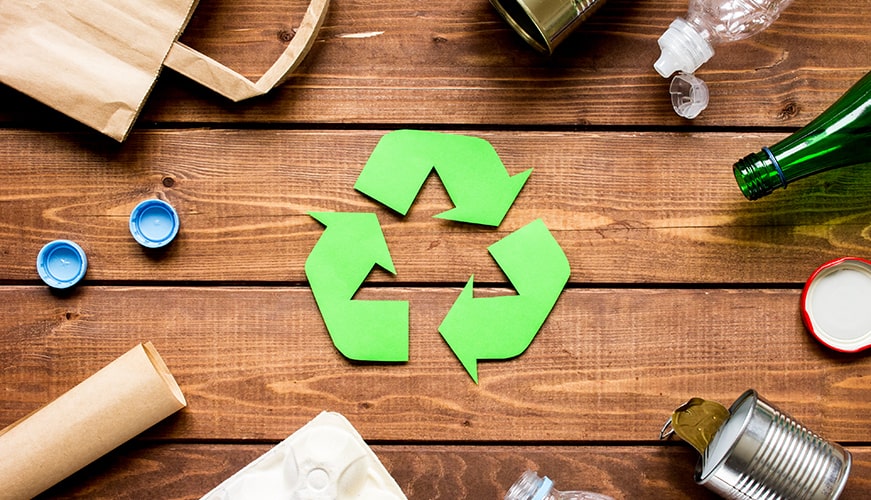First of all, you might want to know how solar power works. Solar power is one of the fastest growing alternative energy sources, along with wind energy, geothermal energy, and hydroelectric energy, and it has captured the public’s imagination with its potential to lead the green energy revolution.
When most people think of solar power, they think of solar panels that convert sunlight into energy using photovoltaic cells. But solar technology can come in many different forms, and it doesn’t have to involve fancy devices. Something as simple as strategically using windows to collect or deflect heat depending on the season is a way we use solar energy every day.
But back to the solar panels. Photovoltaic technology, which converts light into electricity, found its first practical use in space in the 1960s as scientists searched for a way to provide power aboard spaceships. The development of this technology reduced the price (which previously had been unreasonably expensive), and by the 1970s it became feasible as a source of power down on earth as well. Since then, solar technology has exploded and the price has been drastically reduced, making solar a low cost energy option for many people.
So how do I take advantage of solar energy?
Solar energy doesn’t have to be expensive.
The most daunting part of switching to solar energy is the up-front cost of purchasing and installing solar panels. For many people, this initial expense simply isn’t possible within their budgets. What people don’t know, however, is that there are many programs, incentives, grants, and rebate opportunities that can minimize (or even eliminate completely!) the costs of setting up a solar system for your home. Finding these opportunities just takes a little research, so for your convenience, we’ve compiled a list for you right here:
- Some solar companies cover 100% of the installation costs themselves, leaving you with $0 of initial expenses. While the company continues to own the equipment, you can buy the energy it produces for less than what you would normally pay your utility (and with the knowledge that you’re using clean energy). Other companies offer solar panel leasing programs. This is an easy way to avoid paying money out of pocket at the beginning and start getting cheap electricity prices right away. You can check out some of the best residential solar companies here: https://www.solarreviews.com/solar-companies/top-100-residential-solar-power-contractors-2016/
- The Database of State Incentives for Renewables and Efficiency (http://www.dsireusa.org/) has lists of rebate programs, grants, and financial incentives for both homeowners and business owners that make commitments to renewable energy. Just follow the link, enter your state or zip code, and type “solar” into the search bar to see opportunities for funding that can reduce the price of starting up your solar energy system.
- The Solar Investment Tax Credit is a policy aimed at promoting clean energy investments on both residential and commercial properties. If you install solar systems in your home, the government will provide a reduction in your federal income taxes. Right now, the residential ITC (Investment Tax Credit) is set at 30%, but this credit will be reduced to 26%, 22%, and subsequently 0% over the next 5 years, so you should take advantage of this opportunity while you can. Learn more about it here: http://www.seia.org/policy/finance-tax/solar-investment-tax-credit
What if I want the advantages of solar energy, but I don’t live in a house where I can install a solar system?
Don’t worry, even if you live in an apartment or can’t make long-term, permanent changes to your current residence (you may be someone who moves frequently, is renting a home, or just isn’t ready for the commitment of a building-wide solar system), you can still take advantage of solar energy. There are a number of portable solar devices that you can attach to windows, railings, or balconies. These won’t provide energy to your entire home, but the panels will feed directly into your electrical system to significantly reduce your electric bill by supplementing it with renewable energy.
Smaller-scale options include solar-powered chargers for your electronics and solar panels that will power a variety of appliances and devices. Small, portable electronics like phones and laptops are perfect for these solar chargers since it doesn’t take much energy to keep them running.
Fun Facts about Solar Energy
- The amount of solar energy that reaches the Earth’s surface in one year is double the amount of all non-renewable resources on earth.
- As of 2013, a new solar system was installed in the United States every 4 minutes, and 2016 is set to be the biggest year yet for solar growth.
- The southwest United States has the greatest solar potential in the country, with parts of California, Arizona, New Mexico, Nevada, and Texas receiving enough sun to power up to 1,600 homes per 100,000 square feet of solar panels. That’s just one square foot of solar panel for every 40 square feet of property!
- Since solar power began to be taken seriously in the 1970s, the cost of solar energy has gone down by a factor of 150. Solar is now selling for under 4¢/kWh (compare this with the average 12¢/kWh you spend on electricity)!
- If you have a solar system installed in your house, you may be producing more electricity than your home needs during peak sunny hours of the day. You can actually sell this extra energy to your utility to make even more money from your solar investment.



